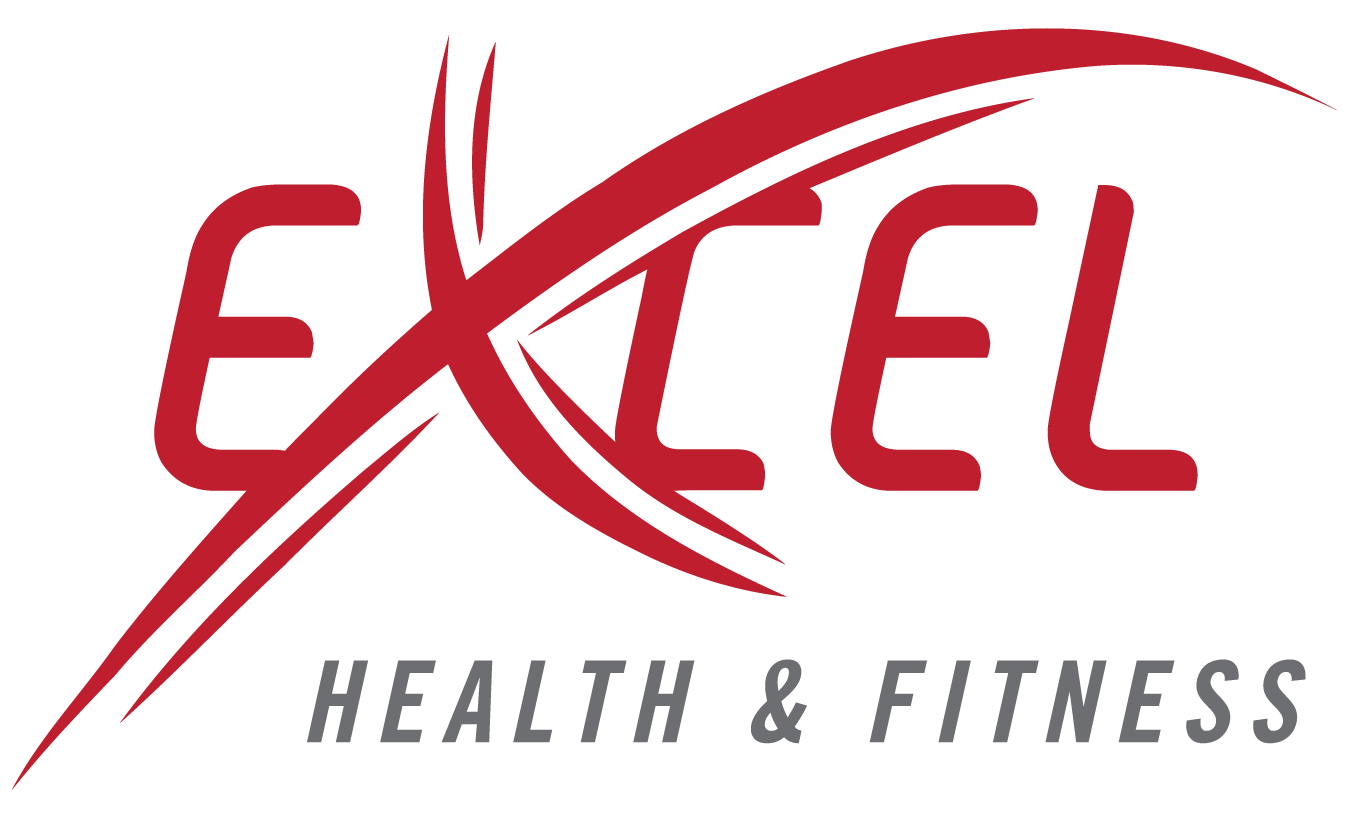First, You’re Not Alone
One of the biggest fears people have before stepping into a body fat test is this:
“What if the number is worse than I thought?”
It’s completely normal to feel that way. In fact, it’s one of the top reasons people don’t get tested in the first place.
But here’s the truth: a high body fat percentage isn’t a judgment, it’s just data. And once you have data, you can actually do something with it.
The Scan Doesn’t Define You
A Fit3D body scan won’t tell you whether you’re “good” or “bad.” It’s not a grade. It’s a starting point.
It shows where you are today
It helps you build a plan
It gives you something to improve against
At Excel Health & Fitness in Manteca, we’ve worked with people of all shapes, sizes, and fitness levels. No one walks in perfect. The scan just shows the next step forward.
You’re Not Being Judged, You’re Being Empowered
Worried someone will judge your results? Don’t be.
Your scan is private
Your avatar is only visible to you
Your results are stored securely online
No one sees anything unless you want them to
We’ve built our Fit3D scanning process to be completely pressure-free. You can get scanned, check your dashboard, and leave, or ask for help if you want it.
What “Bad Results” Usually Mean (And Why They’re a Good Thing)
Let’s say your body fat percentage is higher than you expected. That doesn’t mean failure — it means you now have a clear target.
You know what to work on
You can measure progress beyond just “weight”
You’ll see wins faster than just staring at a scale
We’ve seen so many people use their scan results as a turning point. And months later, they come back and say, “That first scan woke me up. I’m so glad I did it.”
Real Talk: Everyone Starts Somewhere
We’ve scanned athletes, parents, students, retirees, and almost every one of them had something they didn’t love in their first scan.
That first number isn’t supposed to feel perfect. It’s supposed to give you perspective.
The worst scan you’ll ever get is the one you never take.
What to Do If You Don’t Like the Number
Don’t panic — it's just data.
Ask for help — we’ll walk you through it if you want.
Set one small goal based on the results (not 10).
Come back in 4–6 weeks and track your progress.
Focus on trends, not one-time numbers.
